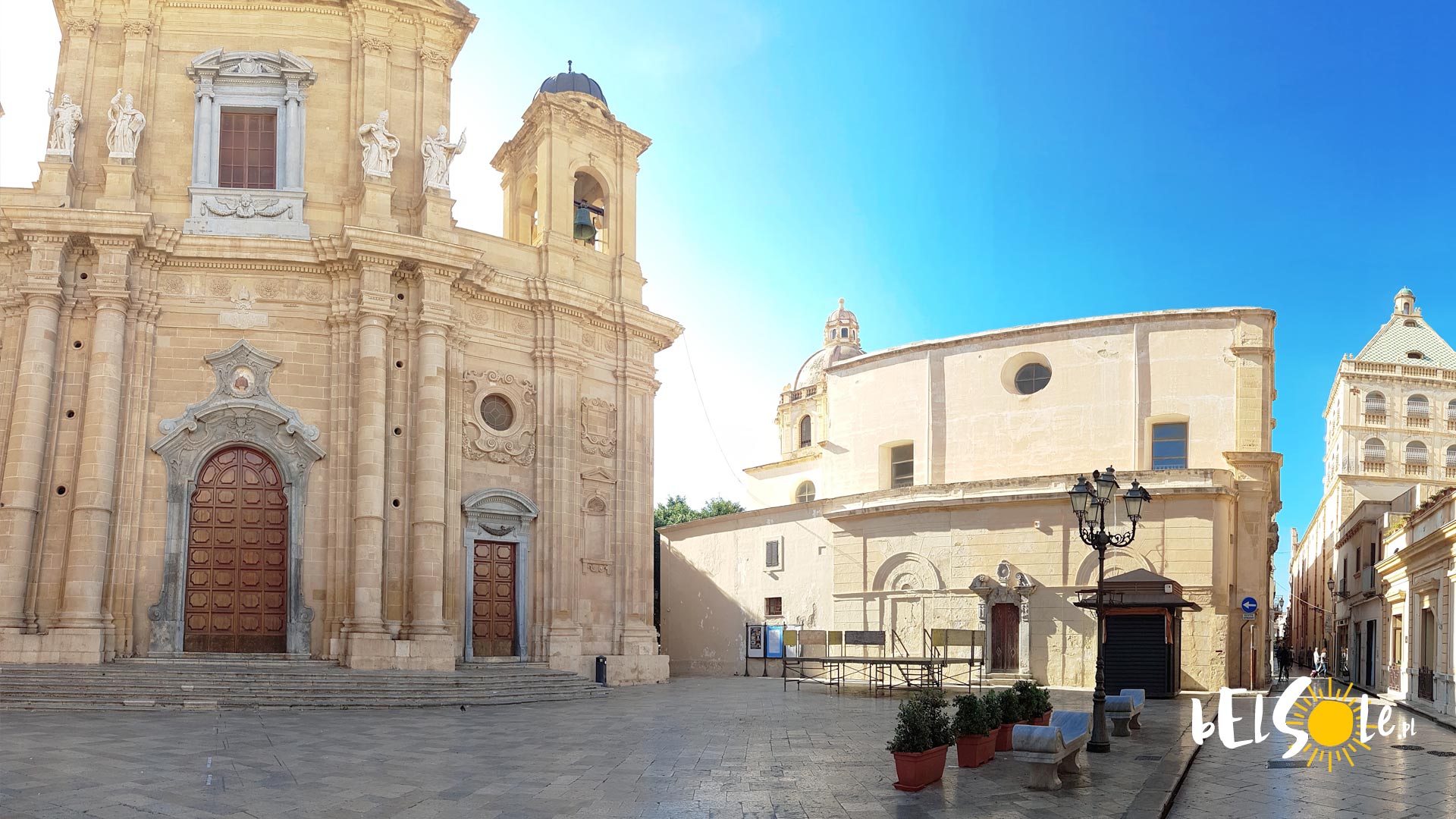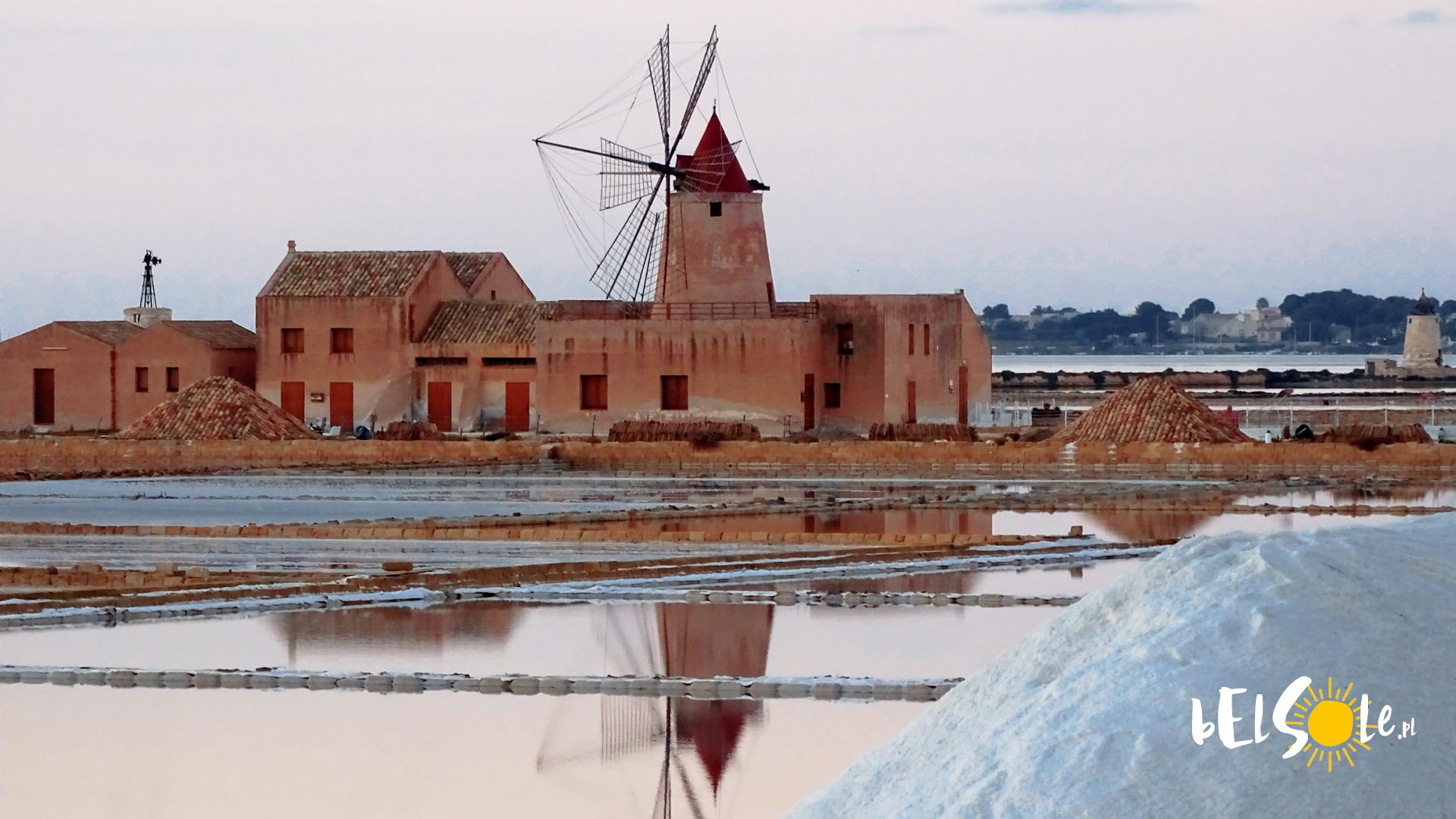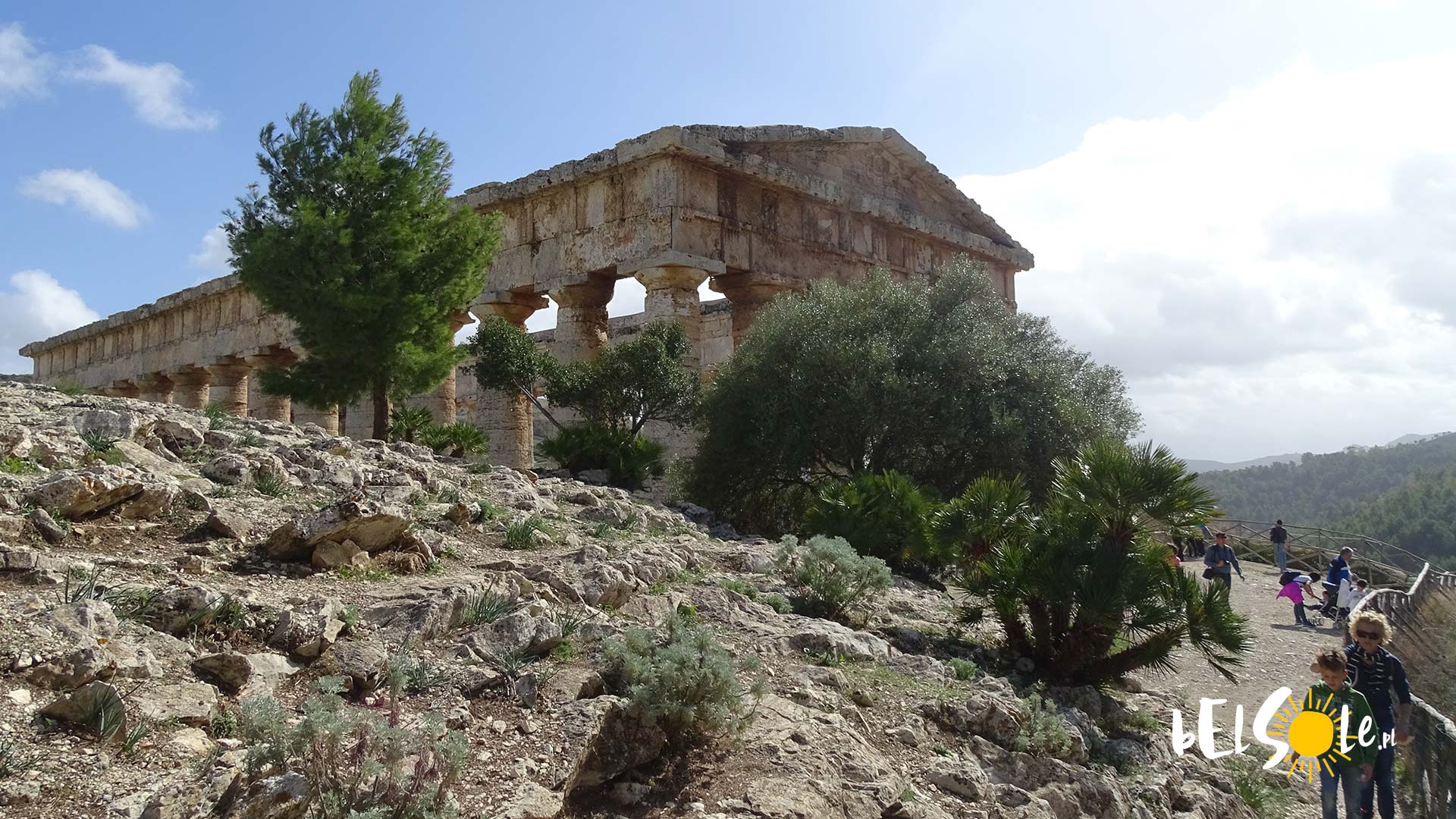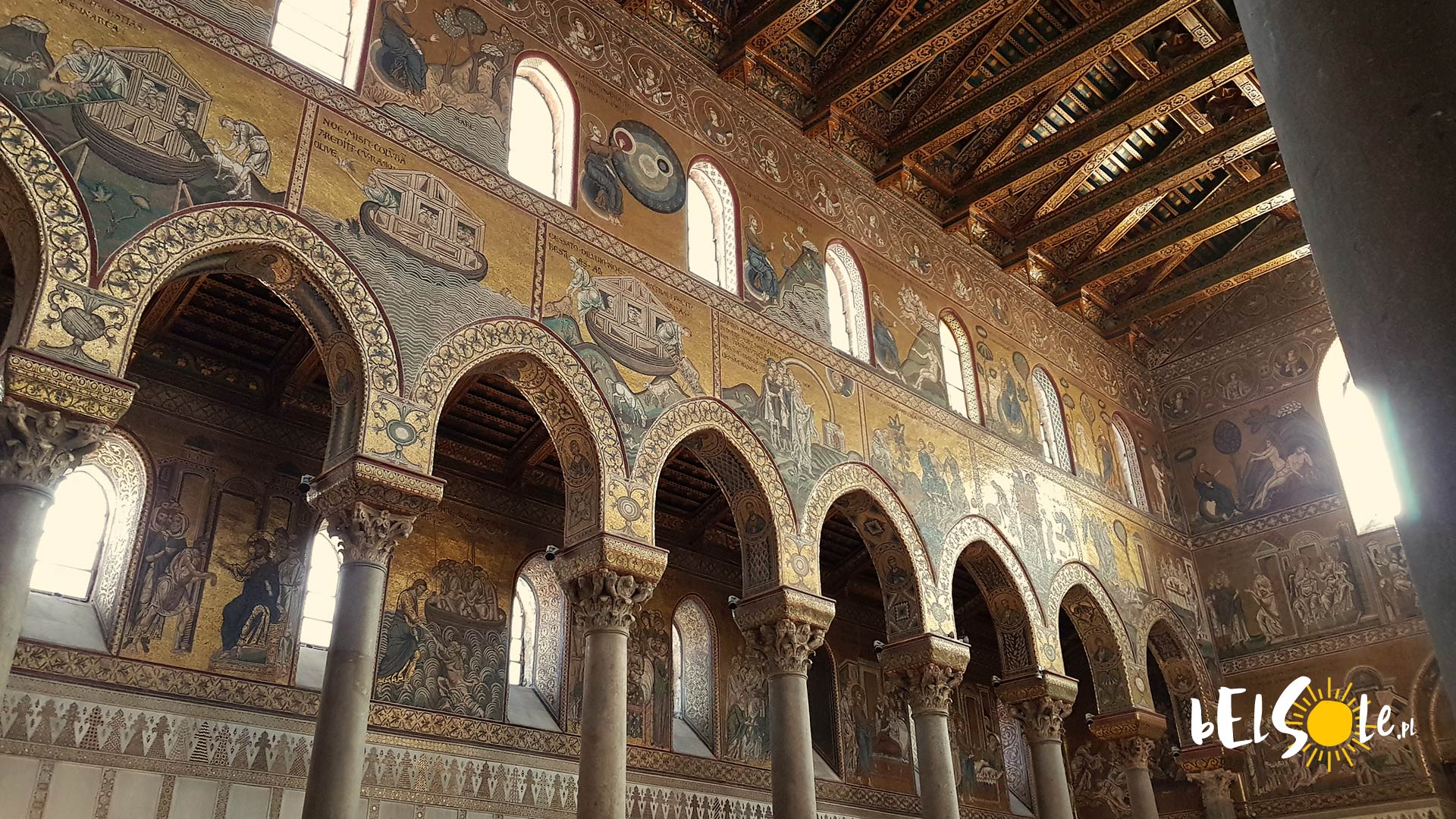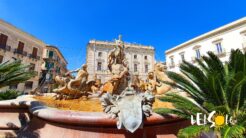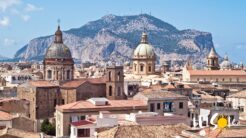We’ve touched upon Sicily already on our blog, but now’s the time for a proper guide on the attractions of this Italian island. What to see? Which monuments are a must-visit in Sicily? Here’s the list of top 11 most interesting attractions of Sicily, which you should visit for yourself during the holiday season.
Etna
One of the major symbols of Sicily. The huge volcano, reaching upwards of 3340 meters above the sea level, is the biggest active volcano in all of Europe. The volcano’s not nearly as dangerous as it may seem, although there’s a bit of lava coming out of the series of almost 300 craters. On Sicily, you can find many tours across the volcano, going as far as reaching the very peak of the mountain. In one of our previous articles, we went a little deeper into visiting Etna.
Salt Pans in Trapani
Another wondrous place to visit in Sicily are the ‘salt pans’ in Trapani. The characteristic red-roofed mills, used for pumping the salt water, became a stable part of the Sicilian landscape, which to this day still allures tourists. People in those lands still use the 1000 years old methods of collecting salt. In 1995, a 1000 hectare space was shared to the tourists for visiting. In one of our previous articles, we dug a little deeper into the topic of salt pans in Trapani. We also have a separate article on the biggest attractions of Trapani.
Ruins of the ancient city of Segesta
Another must-see on the list is the ancient city of Segesta. It’s worth committing a full day to the visit, as there is quite a lot to see. To start off, we can visit the incredibly well preserved amphitheatre and the temple. The city was built by the Elymians, in 241 BC it was conquered by the Romans and finally destroyed by the Carthaginians. Apart from the two best preserved attractions, it’s worth taking a look at the various archeological findings or the remains of the ancient graveyards and fortifications. In one of the previous articles, we also touched upon Segesta.
Erice
On the western side of Sicily, we recommend paying a visit to the ancient city of Erice, named after the son of Poseidon and Aphrodite. The settlement, which nowadays offers us incredible views of Trapani, was set up in the 5th century BC. There, you can see the ancient gates leading to the city, an incredible Catholic church, build of which started in 1314, and take a stroll down the old alleys of this still inhabited city. You can even get to Erice by a lift. We explore visiting Erice deeper in one of our previous posts.
Villa Romana del Casale
Another option, this time for fans of the Roman Empire’s heritage and culture, is the luxurious Villa Romana del Casale, located near Piazza Armerina. The main selling points of this place include the incredibly well preserved mosaics, covering over 3500 square meters of space. The mosaics showcase scenes from everyday life, like hunting, training, chariot races, public baths and even some erotic scenes.
Santa Maria dell’Ammiraglio in Palermo
The history of the famed temple in Palermo dates back to 1143. Initially it was a meeting spot for the Byzantine Rite, later, in 1435, it was inhabited by the Latin Church. The current version is an effect of a major overhaul from 1558 and renovations from the period of 1683-1686. When viewing the insides, we can spot traces of various different eras, as the temple was witness to many. The Santa Maria dell’Ammiraglio Church in Palermo finds a spot on the UNESCO’s World Heritage List. The temple also, ever since 1943, hosts Greek Catholic masses.
Beach in San Vito lo Capo
San Vito lo Capo is a town in the Trapani region, famed for its incredible beach, by some even called the ‘Italian Maldives’. The beautiful, crystal clear waters and the incredible, near white sand make this place into quite an attraction, one that even the locals visit regularly. If you feel the desire to visit a beach or two in Sicily, this is the spot.
The Monreale Cathedral in Palermo
The Monreale Cathedral in Palermo is, in our opinion, certainly the most beautiful church in all of Sicily. The history of the temple dates back to 1267, although the build was planned as far back as in 1172. The insides of this church have a gold, marble and in some parts wooden finish. The general splendor of the inside can be compared to the near eastern mosque style. We also have to mention the wondrous 6500 square meter mosaic, created during the 12th to 13th century period. More on Monreale, including photos, here.
The Riserva naturale dello Zingaro reserve
Sicily is not limited to just ancient monuments. When on the island, it’s worth checking out the nature reserve in Capo San vito – Riserva naturale dello Zingaro offers us a view of the littoral Sicilian landscape. The coastline showcased by the reserve has been under protection since the 70s, when the local ecologists protested against building a road. In the protected area, the local flora and fauna still shines, making this a perfect place for commemorative photos or relaxing walks.
Teatro Massimo
At last, a Sicilian monument that does not date too far back. The theatre in Palermo is quite unique, as it’s the biggest opera in Italy, third biggest in all of Europe. The works started in 1874, and after lots of issues, finished in 1897. Generally, the Palermo opera is considered to be one of the best operas in the world, when it comes to the acoustics. Worth noting, that it’s also the place where one of the major scenes of the Godfather were filmed.
Catacombe dei Cappuccini
One of the most ghastly attractions in Palermo, located under the monastery. The purposefully prepared crypts were initially only a resting place for the monks, but after a while, around 1670, the richer part of the Sicilian population was also allowed to be buried there. Inside, we can admire a collection of eight thousand mummies. The buried come from various social statuses. The mummies were dressed accordingly to the person’s position – maidens got white wedding dresses, women standard dresses and men got proper suits. One of the more recent burials were the remains of a two year old girl, buried in 1920s.


